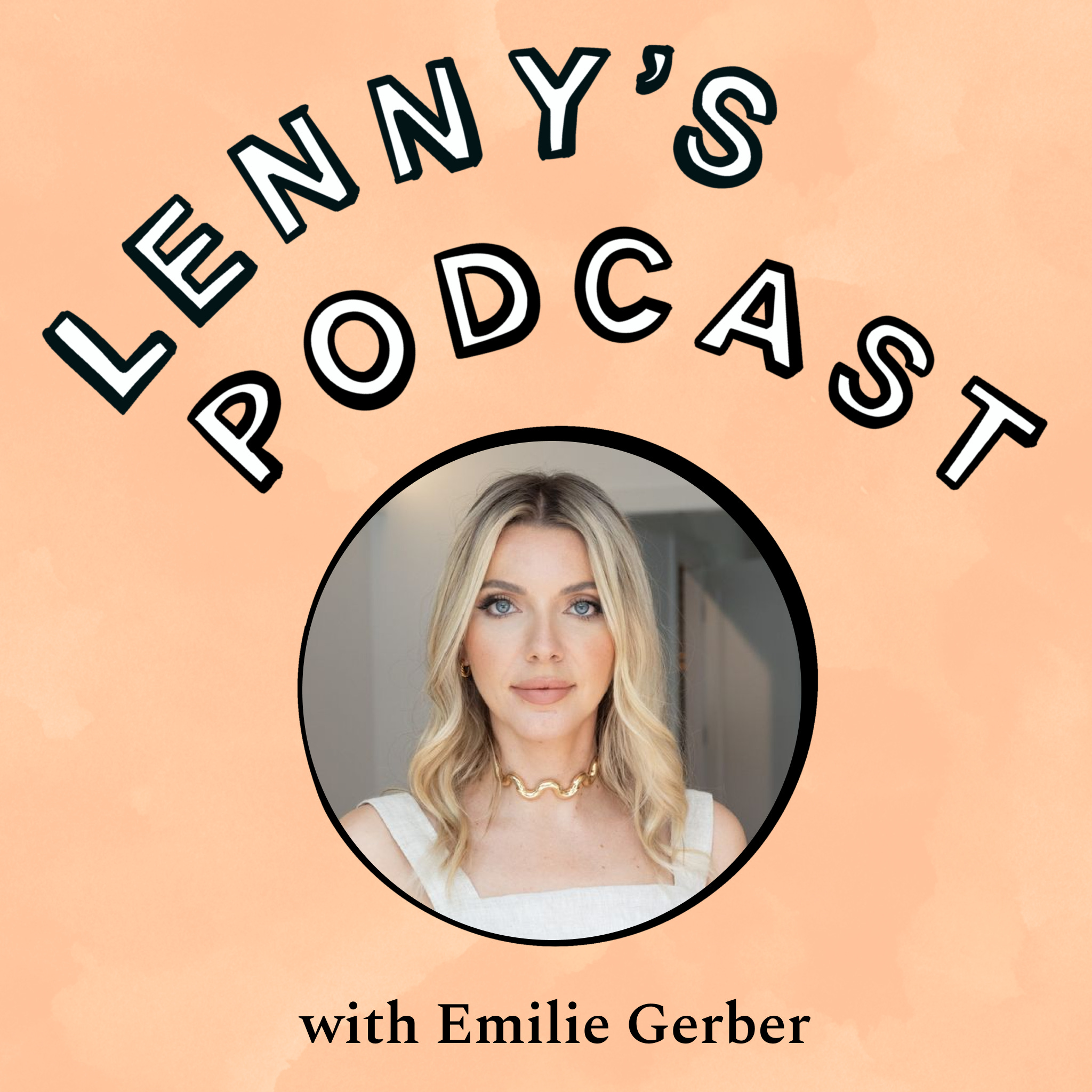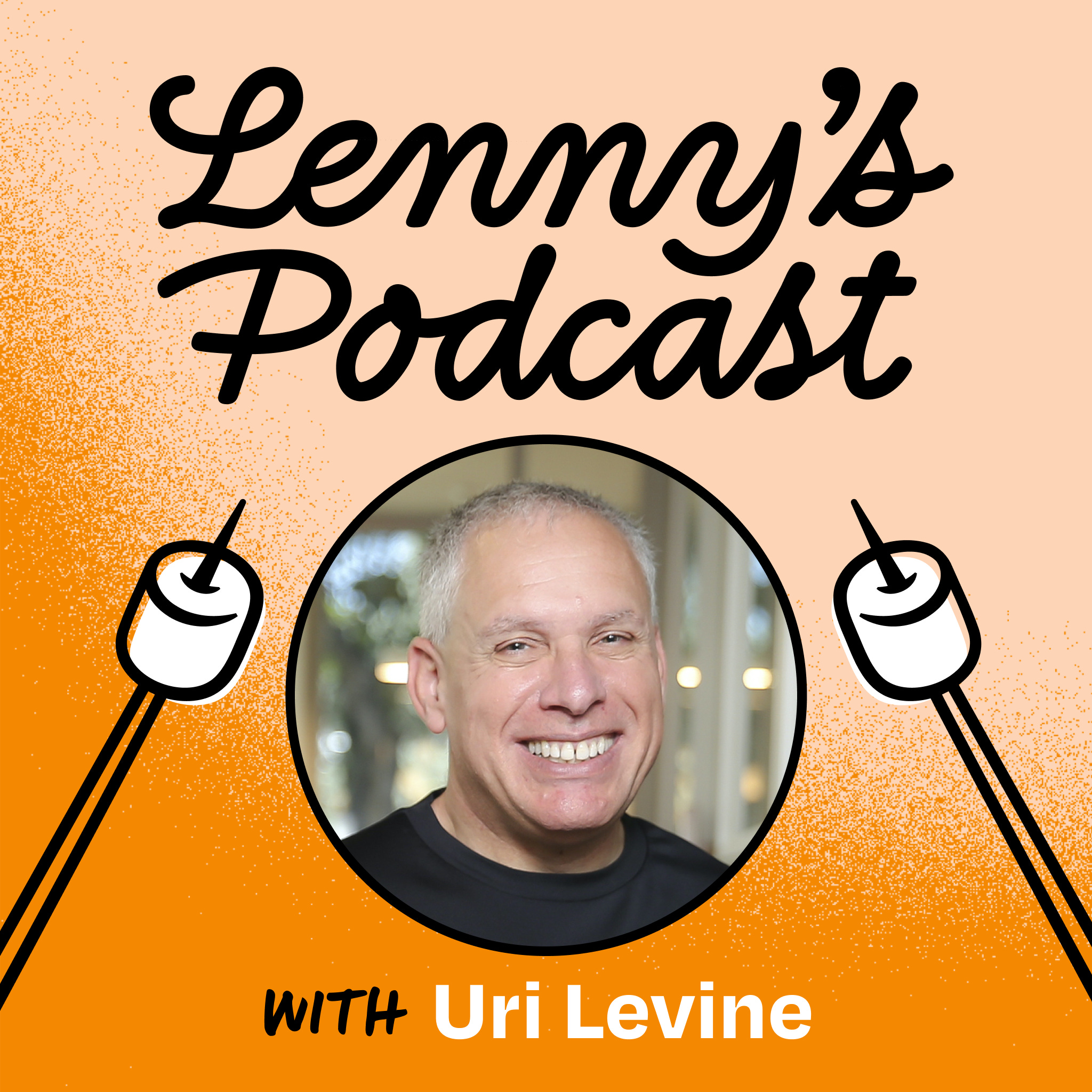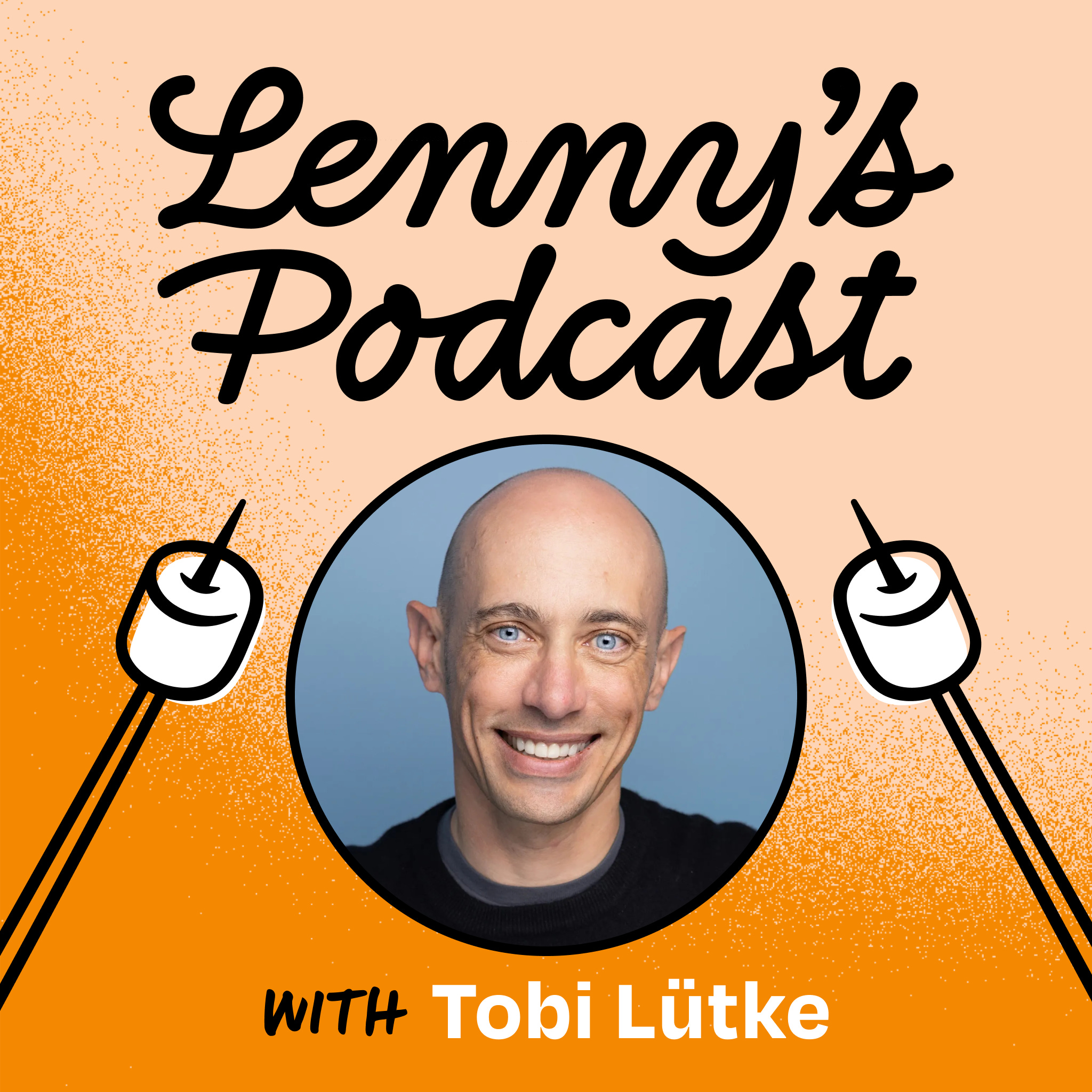
March 21, 2024 • 1hr 33min
The ultimate guide to PR | Emilie Gerber (founder of Six Eastern)
Lenny's Podcast: Product | Growth | Career

Key Takeaways
- The value of press goes beyond direct growth impact - While press may not always drive immediate signups or growth, it provides important validation, credibility, and second-order effects like helping with recruiting and sales.
- Tailor your pitch to the publication - Different publications have different focus areas and preferences. Research the outlet and customize your pitch accordingly.
- Keep pitches concise and direct - The most effective pitches are often just 3 sentences long. Be clear about what you're offering and why it matters.
- Offer exclusives strategically - Giving a publication an exclusive can increase your chances of coverage, but be thoughtful about which outlet to offer it to.
- Don't overhype growth metrics - Avoid using misleading percentage increases. Instead, provide more specific, realistic growth data.
- Leverage founder/executive stories - Personal narratives can be compelling angles, especially for less technical products.
- Consider newsletters and podcasts - These are now important parts of the media landscape and should be included in PR strategies.
- Be thoughtful about social media - Focus on executive accounts over brand accounts. Only invest heavily if it comes naturally.
- Press releases are often unnecessary - Blog posts can be more effective and allow for a more natural writing style.
Introduction
In this episode of Lenny's Podcast, host Lenny Rachitsky interviews Emily Gerber, founder and CEO of Six Eastern, a PR agency that has worked with over 100 tech companies. Emily shares her expertise on how startups can effectively get press coverage, build awareness, and develop their PR and communications strategy.
Emily brings extensive experience from her time leading PR at Uber and Box before starting her own agency. Throughout the conversation, she provides tactical advice and insights on topics like crafting pitches, targeting the right publications, leveraging different media formats, and measuring PR impact.
Topics Discussed
The Value of Press Beyond Direct Growth (4:56)
Emily explains that while press coverage may not always drive immediate signups or growth, it provides important benefits:
- Validation and credibility - Press coverage signals to potential customers, investors, and recruits that a company is legitimate and noteworthy.
- Sales enablement - Sales teams can leverage press coverage in outreach to prospects.
- Recruiting - Press can help attract talent, especially for lesser-known companies.
- Investor relations - Coverage in major outlets provides validation for current and potential investors.
Emily notes that for B2C companies, press can sometimes drive significant direct growth, citing Perplexity as an example that saw a major spike in signups after press coverage.
When Press is Not Worth the Effort (13:00)
Emily advises that press may not be worth pursuing if:
- The company is not ready to share growth metrics or other key data
- There isn't a compelling story or angle to pitch
- The product is highly technical and difficult to explain to a general audience
- The target audience is not likely to be reached through press coverage
Targeting Different Publications (17:01)
Emily breaks down the focus areas and preferences of different publications:
- TechCrunch - Good for funding announcements and some product news. Has additional opportunities like conferences and podcasts.
- Axios - Strong on fintech and healthcare. Very deals-focused.
- Business Insider - Open to pitch deck stories and lists of top startups/professionals.
- VentureBeat - Focuses heavily on AI news.
- Fast Company - Covers future of work, design, and leadership topics.
- Forbes - Known for various awards and lists. Has a contributor network open to covering earlier-stage companies.
Avoiding Negative Stories (25:36)
To avoid negative coverage, Emily recommends:
- Thoroughly preparing spokespeople to nail key messages
- Providing clear, factual information to reporters
- Building relationships with reporters over time
- Being responsive to reporter inquiries and fact-checking requests
Finding Aligned Podcasts and Awards (27:23)
Emily suggests:
- Using search engines to find relevant podcasts in your industry vertical
- Analyzing past guests to ensure fit
- Checking that podcasts are actively producing new episodes
- Listening to sample episodes to gauge quality and relevance
- Asking customers what podcasts they listen to
Advice for Reaching Out to Reporters (31:12)
Emily's tips include:
- Keep initial outreach short and direct
- Clearly state your intentions (e.g. offering an exclusive, suggesting a guest)
- Use multiple platforms - email, social media, etc.
- Follow up respectfully if you don't hear back
- Point out gaps in their coverage to show you've done your research
- Have a unique or controversial angle to stand out
Crafting Effective Pitches (37:23)
Emily advises:
- Keep pitches to about 3 sentences
- Be very clear and direct about what you're offering
- Avoid jargon and marketing-speak
- Frame your company in relation to known incumbents rather than as a "category creator"
- Include specific, realistic growth metrics rather than misleading percentage increases
Examples of Successful Pitches (43:26)
Emily shares examples of effective pitches, including:
- Positioning Ramp's bill pay offering as taking on incumbent Bill.com
- Focusing on Column Tax's partnership to provide tax filing for low-income families
- Creating an interactive Gamma presentation to showcase the product
Effective Pitching Strategies (55:46)
Key strategies Emily recommends:
- Offer exclusives strategically to increase chances of coverage
- Tailor pitches to each specific outlet and reporter
- Follow up respectfully if you don't hear back
- Be willing to be flexible on timing to accommodate reporters' schedules
Improving Pitch Announcements (57:45)
To improve announcements, Emily suggests:
- Avoid jargon and buzzwords
- Clearly explain what the product does and who it's for
- Use concrete examples rather than vague descriptions
- Read announcements out loud to check if they make sense
Press Releases vs. Blog Posts (1:03:01)
Emily argues that press releases are often unnecessary for startups and early-stage companies. She recommends using blog posts instead because they:
- Allow for a more natural writing style
- Can be easily shared on social media
- Live on the company's own website
- Don't require paying for wire distribution
Crafting a Compelling Story (1:07:06)
For companies without an obvious news hook, Emily recommends:
- Leveraging founder stories and personal narratives
- Finding unique angles or use cases for the product
- Tying the company to larger industry trends
- Partnering with other companies for joint announcements
Traditional Press vs. Newsletters, Podcasts, and Social Media (1:09:43)
Emily advises:
- Include newsletters and podcasts as part of core PR strategy
- Be selective about social media investment - focus on executive accounts over brand accounts
- Only invest heavily in social if it comes naturally to key executives
Building a Social Media Presence (1:15:50)
Emily's tips for social media:
- Focus on executive accounts rather than brand accounts
- Be willing to share bold opinions to stand out
- Test different approaches to see what resonates
- Don't force it if it doesn't come naturally
Advice on Choosing a PR Agency (1:19:32)
When selecting a PR agency, Emily recommends:
- Don't assume bigger agencies are better for startups
- Ask about their process for the first few months
- Review recent writing samples
- Meet the day-to-day team, not just agency leadership
- Avoid extensive RFP processes
Timing and Budget for PR (1:22:25)
Emily advises:
- Start working with an agency about 6 weeks before a major announcement
- Be flexible on exact announcement timing to accommodate reporters
- Budget at least $10k/month for an agency, or $8k/month for a consultant
- Expect to pay $10-20k for a one-off project
Conclusion
Throughout the conversation, Emily Gerber provides a wealth of practical advice for startups looking to build their PR strategy and get press coverage. She emphasizes the importance of tailoring approaches to different publications, crafting concise and compelling pitches, and leveraging various media formats beyond traditional press. Emily also highlights the value of press beyond direct growth metrics, noting its impact on credibility, sales, recruiting, and investor relations.
Key themes that emerged include the need for authenticity and directness in communications, the value of offering unique angles or insights, and the importance of building relationships with reporters over time. Emily also stresses the evolving media landscape, advising companies to consider newsletters, podcasts, and strategic social media use alongside traditional press outreach.
Overall, this episode provides a comprehensive guide for startups navigating the world of PR, offering both high-level strategy and tactical tips for getting noticed in a crowded media environment.









